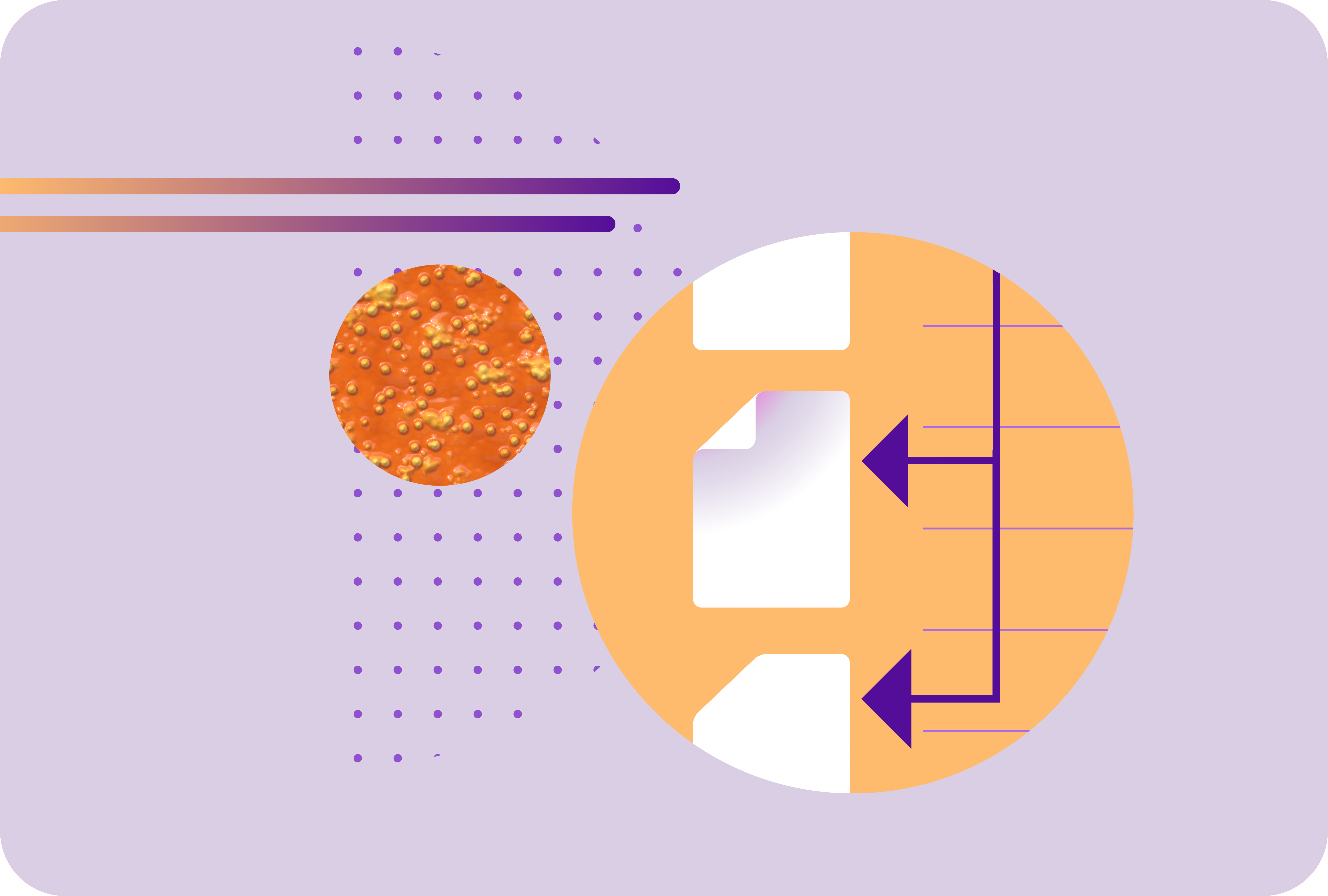
GxP, a general term for “Good Practice” quality guidelines and regulations, ensures that products are consistently produced and controlled to the quality standards appropriate for their intended use.
An electronic Quality Management System (eQMS) has become an indispensable tool for companies that need to achieve and maintain this compliance.
Let’s consider how an eQMS helps.
Understanding GxP and eQMS
What is GxP?
GxP is a collection of regulations and quality guidelines designed to ensure the safety, efficacy, and integrity of products in regulated industries such as pharmaceuticals, medical devices, and biotechnology. The “x” in GxP is a variable that can be replaced by different disciplines, including:
- GMP (Good Manufacturing Practices): Ensures that products are consistently produced and controlled according to quality standards.
- GCP (Good Clinical Practices): Pertains to the design, conduct, performance, monitoring, auditing, recording, analysis, and reporting of clinical trials.
- GLP (Good Laboratory Practices): Governs the non-clinical laboratory studies that support research or marketing permits for products regulated by government agencies.
- GDP (Good Distribution Practices): Ensures the quality and integrity of pharmaceutical products during transportation and distribution.
A core tenet of GxP is the principle of ALCOA+, which stands for Attributable, Legible, Contemporaneous, Original, and Accurate. The “+” adds Complete, Consistent, Enduring, and Available to these data integrity principles.
What is an eQMS?
An eQMS is a software-based solution that digitizes and automates a company’s quality management processes. It replaces traditional paper-based systems, providing a centralized platform for managing all quality-related documentation, processes, and data. This digital transformation is key to streamlining compliance activities and embedding quality into the corporate culture.
How an eQMS Facilitates GxP Compliance
Here’s a breakdown of how an eQMS helps maintain compliance:
1. Document Control and Management
GxP compliance is heavily reliant on meticulous documentation. An eQMS provides tools for managing the entire lifecycle of controlled documents, such as Standard Operating Procedures (SOPs), work instructions, and batch records.
- Version Control: Ensures that only the current, approved version of a document is accessible to users, preventing the use of outdated procedures.
- Automated Workflows: Streamlines the review, approval, and distribution of documents with automated routing and notifications.
- Electronic Signatures: Complies with regulations like FDA 21 CFR Part 11 and EU Annex 11, which govern the use of electronic records and signatures. This ensures that approvals are secure, traceable, and legally binding.
2. Audit Trails and Data Integrity
A requirement of GxP is the ability to reconstruct all activities related to product development, manufacturing, and testing. An eQMS provides this through comprehensive audit trails.
- Immutable Records: Every action performed within the eQMS – from document creation and modification to user login and approval – is automatically recorded in a secure, time-stamped audit trail that cannot be altered.
- ALCOA+ Principles: The system’s design inherently supports the principles of ALCOA+ by ensuring that data is attributable to a specific user, legible, recorded as it happens, and maintained in its original state or with full traceability of changes.
3. Training Management
GxP regulations mandate that all personnel are adequately trained for their roles and that this training is documented.
- Centralized Training Records: An eQMS maintains a complete and easily accessible record of each employee’s training history, including completed courses, certifications, and required retraining dates.
- Automated Training Assignment: The system can automatically assign training modules based on an employee’s role or when a new or revised SOP is released. This proactive approach helps to prevent compliance gaps.
4. Corrective and Preventive Action (CAPA) Management
An effective CAPA process is a critical aspect of any effective quality system and a key focus of regulatory inspections.
- Streamlined CAPA Workflow: An eQMS provides a structured, automated workflow for managing the entire CAPA process, from initiation and investigation to root cause analysis, implementation of corrective actions, and verification of effectiveness.
- Integration with Other Quality Processes: CAPAs can be linked to other quality events, such as non-conformances, audit findings, or customer complaints, providing a holistic view of quality issues and their resolution.
5. Change Control
Uncontrolled changes to processes, equipment, or documentation can have significant regulatory and quality implications.
- Formalized Change Management: An eQMS enforces a formalized change control process, ensuring that all changes are properly documented, reviewed, and approved by the appropriate personnel before implementation.
- Impact Assessment: The system facilitates a thorough impact assessment to evaluate the potential effects of a proposed change on product quality, safety, and regulatory compliance.
6. Audit and Inspection Readiness
An eQMS helps organizations maintain a constant state of audit readiness, reducing the stress and effort associated with preparing for regulatory inspections.
- Centralized Data Repository: All quality-related documentation and records are stored in a single, secure, and easily searchable location. This allows for the quick retrieval of information requested by auditors.
- Real-time Reporting and Dashboards: Provides quality managers with real-time visibility into key quality metrics, enabling them to identify and address potential compliance issues proactively.
The Benefits of Using an eQMS for GxP Compliance
The adoption of an eQMS for GxP compliance offers numerous benefits beyond simply meeting regulatory requirements:
- Increased Efficiency and Reduced Human Error: Automation of manual processes reduces the administrative burden on quality and operational teams and minimizes the risk of human error.
- Enhanced Collaboration: A centralized platform facilitates better communication and collaboration between different departments, both internally and with external partners.
- Improved Data-Driven Decision Making: Real-time analytics and reporting provide valuable insights into quality trends, enabling more informed and proactive decision-making.
- Cost Reduction: By streamlining processes, reducing errors, and improving efficiency, an eQMS can lead to significant cost savings.
- Fostering a Culture of Quality: An eQMS makes quality management an integral part of daily operations, helping to foster a strong and sustainable culture of quality throughout the organization.
An eQMS is an essential tool for any organization operating in a GxP-regulated environment. By providing a framework for managing documents, ensuring data integrity, automating key quality processes, and maintaining a constant state of audit readiness, an eQMS not only helps to ensure compliance but also drives continuous improvement and operational excellence.
Get more insights into the benefits of an eQMS and what to look for in our white paper, “How to Choose the right eQMS.”



